Privacy Overview
This website uses cookies so that we can provide you with the best user experience possible. Cookie information is stored in your browser and performs functions such as recognising you when you return to our website and helping our team to understand which sections of the website you find most interesting and useful.
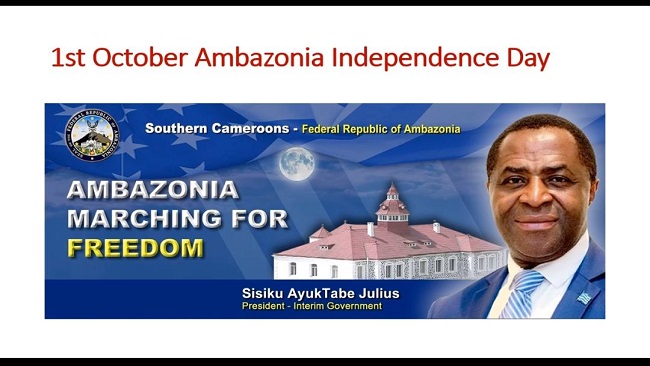
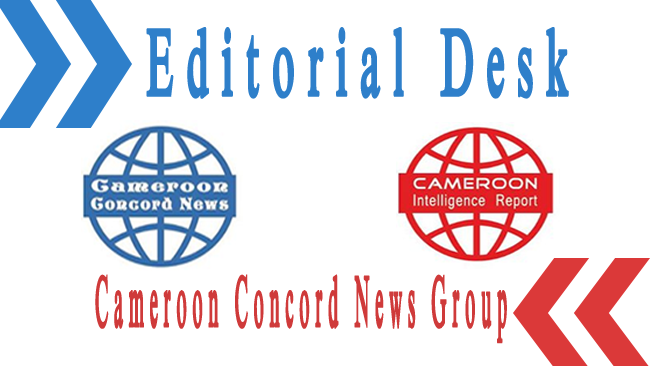
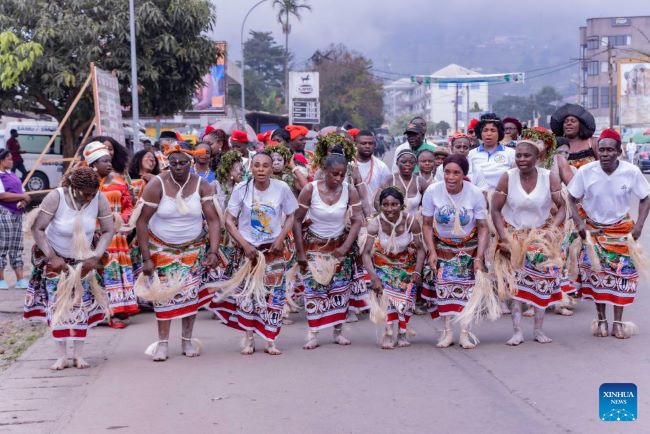

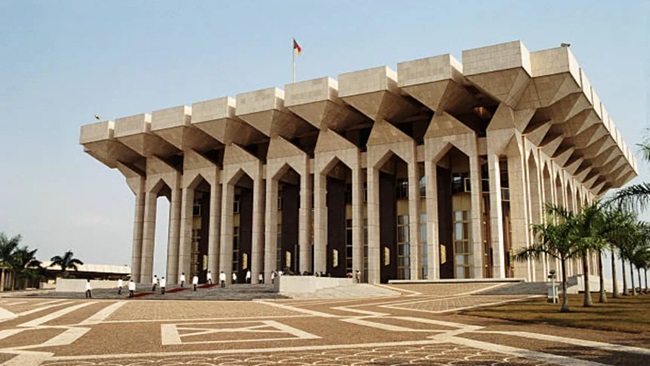









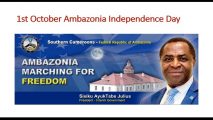
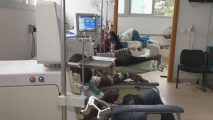

8, October 2021
Southern Cameroons Crisis: We turned to Twitter to understand conditions in Ground Zero 0
For the past five years there has been conflict in the two English-speaking regions of Cameroon, with no solution or end in sight. There have been political, social and cultural differences and antagonisms for several decades. But the current conflict began in 2016 when lawyers and teachers started protesting over the increasing use of French in the legal and educational systems in these regions, known as Anglophone Cameroon.
The government of Cameroon’s poor handling of the crisis contributed to its escalation into an armed conflict. Thousands have been killed, are living in the bush, or have fled to other parts of the country (becoming internally displaced persons) or in neighbouring countries as refugees. The warring parties did not heed the UN secretary general’s call for a global ceasefire to focus on ending the conflict in the midst of the COVID-19 pandemic.
As a result, the conflict continues to have a negative impact on all aspects of life, particularly the livelihoods and health of citizens in the battleground regions of the north-west and south-west. Access to already inadequate health services has been reduced. More insights about how the conflict is affecting the health of citizens are needed to understand the situation and propose solutions.
We set out to understand how the conflict was affecting the key determinants of health. These include poverty, particularly in contexts where there is no universal healthcare and where the cost of living continues to rise.
We believe in experts. We believe knowledge must inform decisions
As is the case in other conflict and war situations, it was difficult to collect public data. So we examined tweets to understand what topics were being discussed.
In 2019, the number of mobile phone subscriptions in the country was 21.4 million out of a population of around 27 million people. Data for phone usage is expensive, and internet access is not reliable. Hootsuite, a social media management platform, reported that approximately 23% of the population – 6.21 million people – were internet users. And of these, 4.3 million were active on social media platforms.
This report estimated that there were fewer than 125,000 Twitter users in the country. Nevertheless, we believe examining the use of Twitter can provide insights about the crisis because social media can provide short descriptions of the issues that people are facing.
Our use of Twitter to gather information isn’t novel. Scholars are increasingly using social media to collect data about conflicts. But we have not found many studies exploring health and the social determinants of health using this approach.
We used the descriptions shared on Twitter to provide a more visible and robust picture of health related issues. This approach can help identify health challenges and how they’re affecting citizens.
How we examined tweets
We collected and analysed 1,868 tweets posted from 1 October 2016, the month when the conflict began, to 1 September 2019 to understand what people were discussing. The tweets were from everyday citizens, the government, news outlets and nongovernmental organisations that were communicating with people in Cameroon and abroad to draw attention to the effects of the crisis on citizens and, in some cases, what actions had been taken by the government.
Our focus was on the social determinants of health, often used to understand public health issues. These are the non-medical factors that influence the health of people. They include:
policies and systems such as social, economic, employment, education and health policies and systems
social attitudes and practices related to inclusion and discrimination
factors influencing daily life in other ways such as housing, food, and cultural policies and practices.
Our findings showed that Twitter was being used to share information and to call for action. Analysis of tweets revealed eight distinct themes:
neglect from government related to health:education, loss of employment, increased poverty, housing and homelessness, social exclusion and oppression, women and gender inequality, health services.
People felt neglected by the government. There were negative tweets and criticisms of the government’s neglect of its citizens and lack of support during the crisis.
Tweets also referred to failures in the education system. Most schools in the north-west and south-west regions have remained closed for years with teachers and students staying at home due to insecurity. Several tweets called for schools to reopen.
Tweets also referred to a deterioration in work opportunities. Some businesses were closed, resulting in job losses for thousands of people. Many who were still employed either went for several months without pay or received salary cuts.
There was also evidence of poverty increasing because of the conflict. Despite these impacts, some tweets reported that the government was discouraging humanitarian support.
Thousands of people lost their homes and were displaced. Several villages were either burned down or seized by the military or non-state armed groups. Hundreds of thousands of people were internally displaced within Cameroon or fled to neighbouring countries as refugees.
People experienced social exclusion and oppression. There were tweets about the lack of human rights and the prevention of freedom of expression. Children’s rights were violated, with references made to child trafficking, slavery and a decrease in basic education.
Women and girls were very vulnerable. Sexual violence and rape increased. Some pregnant women were forced to give birth in unsanitary conditions with minimal supplies.
Health services were difficult to access. The fighting resulted in the destruction of some hospitals and clinics. Some nongovernmental organisations provided services to the vulnerable population.
The way forward
Our findings highlight two important points. The first is the need to develop and implement effective systems to collect data in regions and circumstances where conventional methods of data collection are limited.
The second is the various inequities that are affecting the citizens of Cameroon amid the ongoing political conflict.
Using Twitter to collect data demonstrates the importance of identifying new ways to actively explore the social determinants of health in understudied regions and situations.
In addition, our results have highlighted several disparities that have resulted from, or have been exacerbated by, the consequences of the conflict that continues to negatively impact the citizens of Cameroon.
Culled from The Conversation